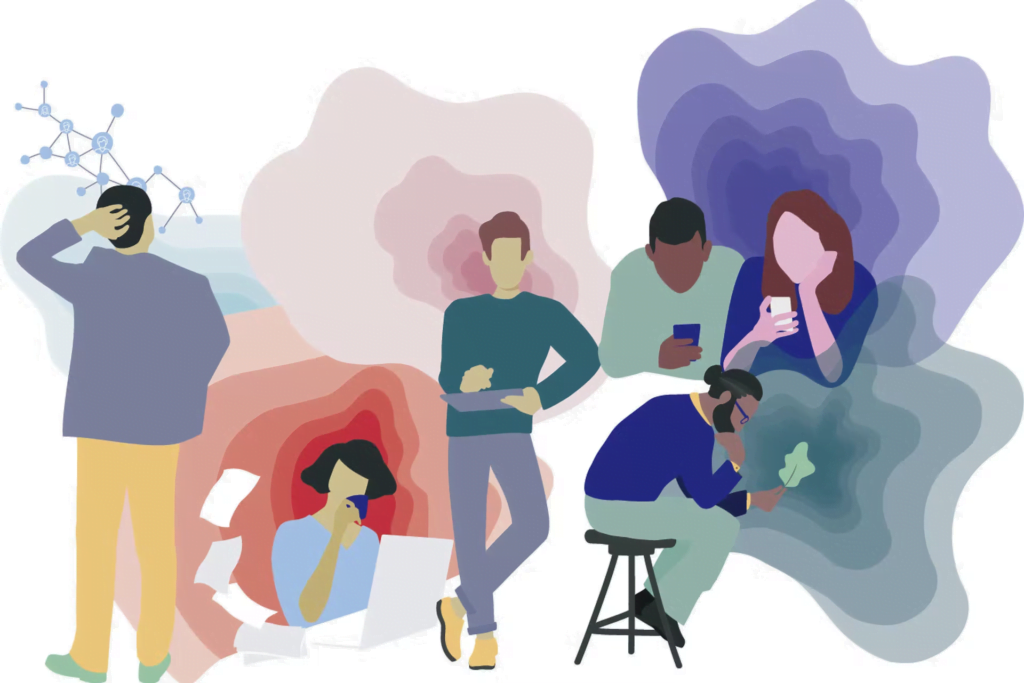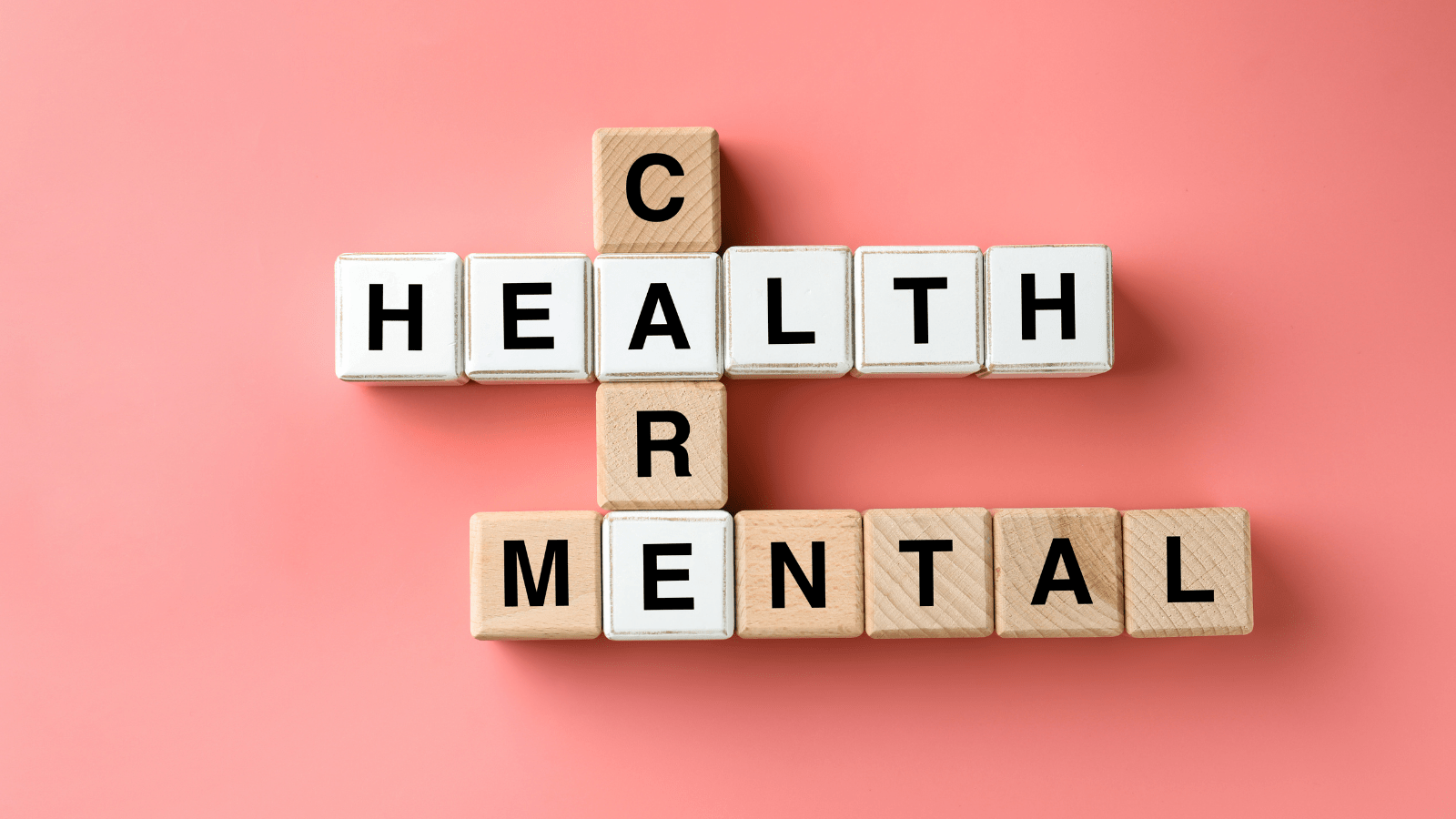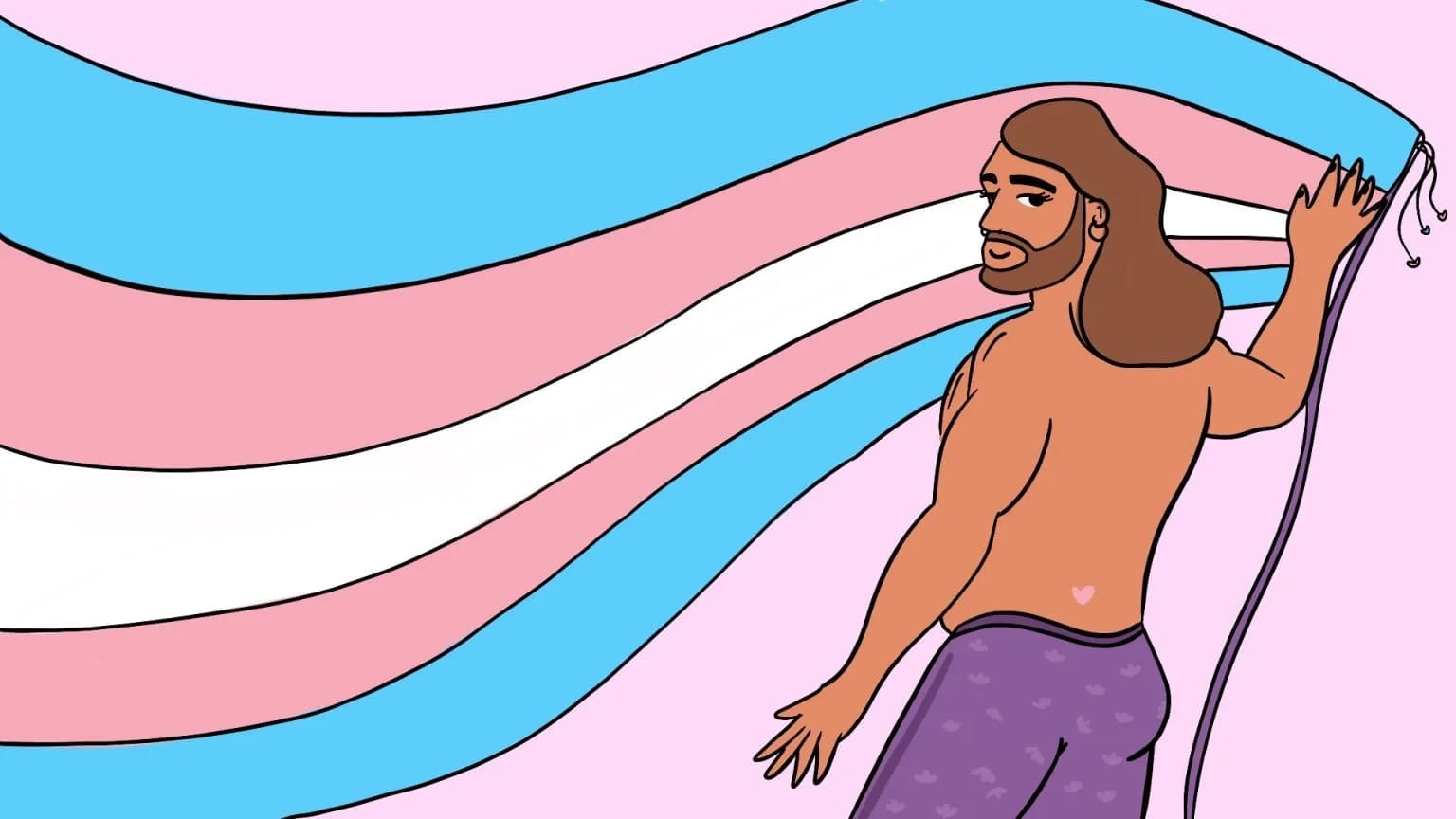Today is World Mental Health Day, and it is very important to discuss how the cost of mental health and dealing with it is a very big battle. On one hand, mental health services should be available to everyone, irrespective of their socio-economic background. On the other hand, there is no doubt that providing mental health services is taxing for mental health professionals and they should be paid adequately.
However, when you think about it, any health service is indeed taxing to provide and immensely important to reach every socio-economic group. The difference is that the government and the general perceptions are more supportive in the case of physical ailments as compared to mental ones. While physical health care is considered a necessity, mental health care ends up being pushed as aside.
However, when looked at deeply, one would notice that mental health care is a pressing need. A study in 2017 on the number of persons who needed care for mental health disorders across the states of India found that as many as 197.3 million people were in need of such services.
A total of 44.9 million persons have anxiety disorders, while 45.7 million experience depressive disorders. The Covid-19 pandemic has made the situation worse, raising major concerns throughout the world.

The more vicious and pessimistic aspect of this perhaps is the fact that people who can least afford it need mental health services the most. According to experts, suicide rates typically rise when the economy is struggling, and a recent Reuters report noted that Asians may be especially vulnerable because the region has some of the highest death by suicide rates in the world. In India, it has been noted that fluctuations in the economic condition of the country have a deep impact on deaths by suicide.
It is important to note that these economic turbulences are majorly faced by the marginalised groups, including queer individuals, women, and low and middle-income earners. This further deteriorates their mental health.
Also read: Mental Health And Education: NCERT Directs Schools To Set Up Mental Health Advisory Panels
The specificity that needs to be addressed to make mental health care accessible for queer individuals, women, oppressed caste individuals, and low-income groups is missing in the public healthcare system. The solution perhaps lies not just in mental health awareness, but in active steps to recognise and bridge gaps. It would definitely require some efforts to device a plan where the mental health workers are adequately compensated, and the services are affordable for the people who need them
In India, social deprivation and poverty are closely related to poor mental health. The effects of poverty on people’s mental health include feelings of exclusion, isolation, disempowerment, helplessness, and hopelessness. Add in the stigma of non-confirmative gender identity and gender binary social structures, the situation becomes even more complex.
Thus, there is a trend that can be seen here. If we look at the world as a whole, it is low and middle-income groups who bear the brunt of poor mental health due to their economic conditions. In these countries as well, it is the low and middle-income earners who possibly, due to not having any access to mental health aid often give in to deaths by suicide.
If we move further down the intersections of marginalisation, women, oppressed caste communities, and LGBTQIA+ individuals struggle with access to mental health aid. Home often is not a safe space for women and queer individuals. This was especially accentuated in the pandemic.
Various gender and sexual minorities were among those that were exposed to precariousness in ways that we often do not talk about. There is little discourse on the impact these spaces have had on LGBTQIA+ individuals, many of whose lives are subject to increased supervision and regulation.

Queer individuals especially have very limited choices in terms of how to deal with abusive and oppressive households. They could either stay in their abusive homes, without any mental health support, or move out for survival.
In such a situation, without any financial support from their family, they find it difficult to hold up, further affecting their mental wellness. The poor mental health from the stress and trauma, though apparent, goes untreated due to financial limitations.
In order to revive the mental health care system within the larger public health care system, policy reforms should go beyond static documents. A bigger number of psychiatrists, psychologists, and social workers need to be employed in the hospital setting. Therefore, the government should take the lead in systematic efforts to invest in community-based care alongside enhancing the hospital services. The stigma around sexuality, prevalence of caste-based discrimination, and economic bottlenecks must be addressed. Medical and psychiatric professionals should be trained to handle cases with sensitivity, context, and care
The specificity that needs to be addressed to make mental health care accessible for queer individuals, women, oppressed caste individuals, and low-income groups is missing in the public healthcare system. The solution perhaps lies not just in mental health awareness, but active steps to recognise and bridge gaps. It would definitely require some efforts to device a plan where the mental health workers are adequately compensated, and the services are affordable for the people who need them.
It is true that economics and mental health are very deeply intertwined. The mental health struggles of individuals and deaths by suicide in return, also affect the economics of a country. According to the Lancet Commission on World Mental Health and Sustainable Development report from 2018, the global economy will lose $16 trillion due to mental illness by 2030.
Researchers in 2010 projected India’s overall monthly treatment expenses for mental health to be Rs. 10,000 crores ($100 billion), taking into consideration the prevalence rate of mental illness at 200 out of 1,000 and the individual cost of Rs. 500.

In order to revive the mental health care system within the larger public health care system, policy reforms should go beyond static documents. A bigger number of psychiatrists, psychologists, and social workers need to be employed in the hospital setting.
Therefore, the government should take the lead in systematic efforts to invest in community-based care alongside enhancing hospital services. The stigma around sexuality, the prevalence of caste-based discrimination, and economic bottlenecks must be addressed. Medical and psychiatric professionals should be trained to handle cases with sensitivity, context, and care.
Finally, the overarching goal of policy and governance should be to make sure that people with mental illnesses can not only survive, but also develop, living lives of dignity and having access to all the resources they require.
The standard of living and accessibility to resources has a huge impact on the quality of life of people. This in turn affects their mental health. This impact on the quality of life should not be underestimated. There is a need for us to look at all the socio-economic groups and make sure that everyone has access to healing resources and mental health care.
About the author(s)
Shravya Shruti is currently pursuing masters in English from Delhi University. She can be often found curled up with a good book, or trying to hide from people, or having an existential crisis. Sometimes all at once.




